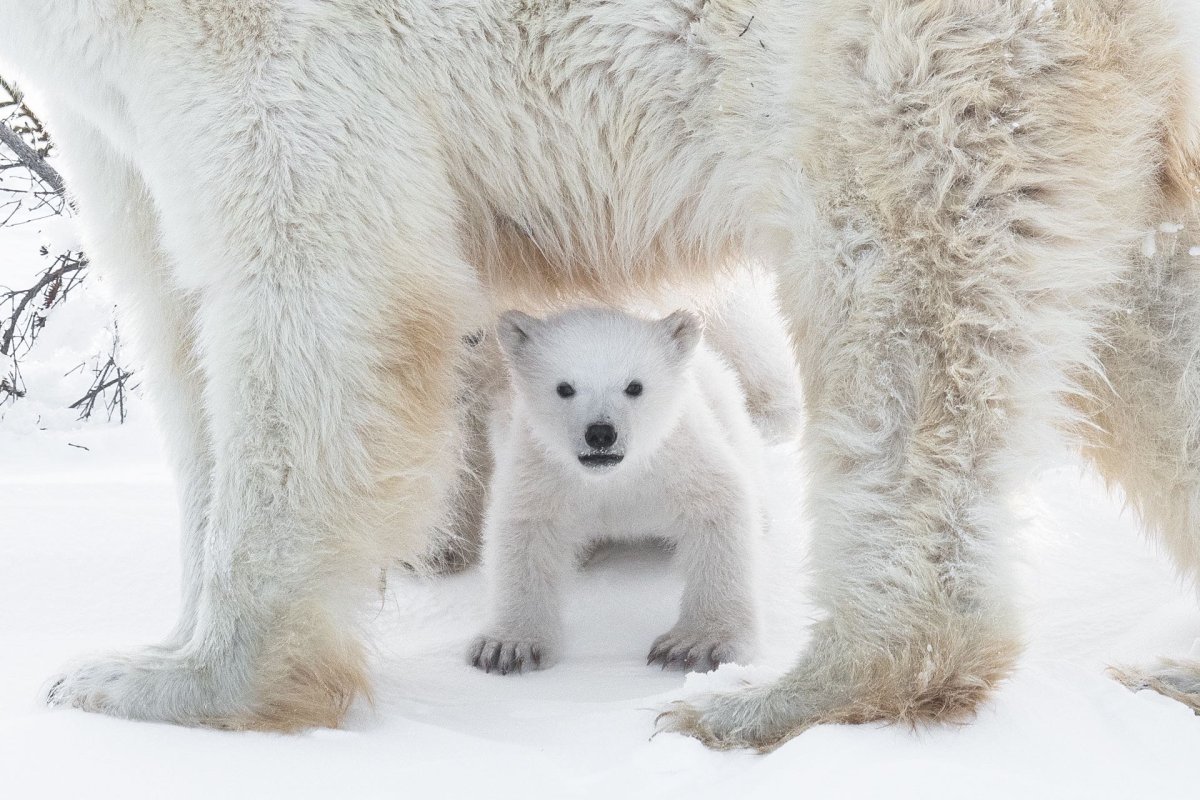A group of scientists from different institutions are coming together in a big way to prevent wild polar bears from going extinct.


Taking direction from the zoo-based research operation put together by the Polar Bear Research Council (PBRC) called the Masterplan, the scientists are working in a collaborative effort with the goal of bolstering conservation methods.
According to a release from the Assiniboine Park Conservancy, the Assiniboine Park Zoo is recognized as a leader in the field.
“There’s so much potential for the bears that we see in a place like Assiniboine Park Zoo that also participate and contribute to helping protect bears in the wild,” said Director of Conservation and Research for Assiniboine Park Zoo, Dr. Stephen Petersen, in a Zoom interview.
- 2021 heat dome fuelled by climate change, intensified wildfire risk: study
- B.C. introduces legislation recognizing Haida Gwaii Indigenous title
- Whale experts confident B.C. orca calf will survive, find family if rescue plan succeeds
- Plastic production cap still contentious as Ottawa set to host treaty talks
“So there’s this really great kind of combination of people and facilities and opportunity is all brought together in zoological facilities … especially here in Winnipeg.”
According to the release, modern zoos are uniquely able to provide opportunities to further understand wild polar bears from studying the ones under human care.
Currently the Assiniboine Park zoo has nine polar bears, one of the world’s largest polar habitats and dedicated research resources.
As of now, the Assiniboine Park Zoo is engaged in research projects that are underway, such as testing non-invasive fur tracking tags, thermal imaging to study polar bear energy expenditure from a distance and tracking hormone changes in polar bears with glitter poo.
Dr. Petersen said one goal of the PBRC’s Masterplan is to learn the specifics of what climate change does to wild polar bears.
“It’s a pretty clear relationship between loss of sea ice and declines in body condition and then fewer polar bears on the landscape,” he said.
“So I think that connection between that sea ice habitat and fewer bears is pretty clear, and what we want to know is are there tipping points? Are there thresholds or are there things that we can be doing better in order to allow bears to be more resilient to those changes while we’re trying to get our house in order in terms of climate change emissions?”
Making a conscious effort to reduce one’s own carbon emissions is one way Manitobans can help buy polar bears some much-needed time.
“We know that the biggest threat facing polar bears as really the loss of habitat due to climate change,” Dr. Petersen said.
“They really are out there on the sea ice, relying on it to get to where the seals are, to find each other in the spring and as we lose that sea ice or the sea ice patterns change, polar bears are having a harder time of it.”
Petersen also hopes more people venture out to see polar bears in a safe environment, and to take steps to understand them better.
“I encourage everyone to go up to Churchill and see polar bears in the wild,” he said. “The best advice that I got when I went first to the Arctic was … a safe bear is a distant bear.”








Comments